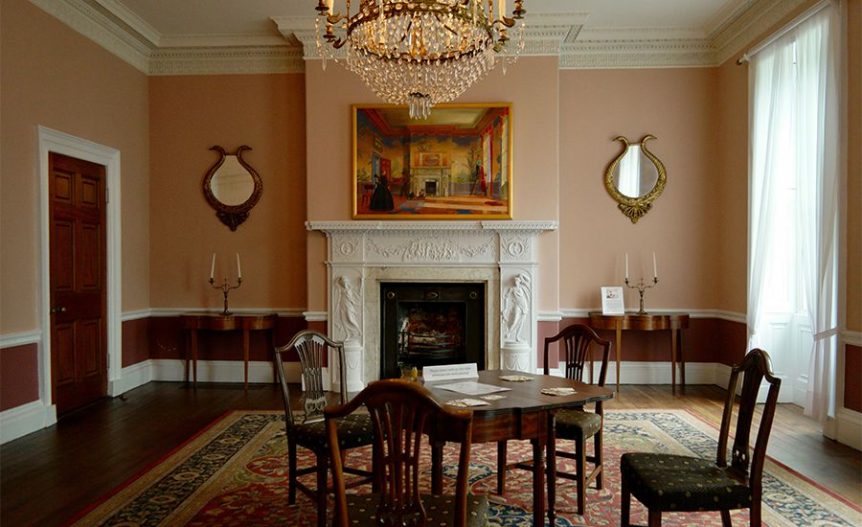Has the sun left your home overexposed?
Beautiful rugs, art, photographs and furnishings all need protection from the sun. The first step in protecting valuables is to understand how the energy causes damage in the home.
Light affects art and other materials in two main ways. It fades colors and it weakens and discolors materials. Over time sun damage is cumulative and unfortunately, irreversible.
To minimize damage you will need to reduce light levels, length of exposure time or both.
How can you prolong the life of valuables without sacrificing the light and airy ambiance of a room?
The solution used by the Philadelphia Museum of Art could work for you– 3M™ Sun Control Film available through Sun-Lite corporation. The almost unnoticeable “true color” film is applied directly to glass and screens out virtually all of the sun’s damaging ultra-violet rays. It also reduces heat and glare without distorting natural color.
3M films are professionally installed and take two to six weeks to dry, after which they can be cleaned normally. Made with an exclusive 3M adhesive, they are guaranteed not to peel, bubble, or discolor. Deciding how much protection is enough protection requires balancing the lifestyle of the family and the desire for natural light with the potential damage sunlight causes.
We can help you preserve the relationship between a home and its natural setting without endangering valuable furnishings.
Components of Sunlight
Ultra-violet (UV): Ultra-violet light is the most damaging element of the light spectrum, and the easiest to eliminate. UV causes up to 40% of fading and the majority of deterioration and discoloration. UV is found in both direct and indirect sunlight.
Visible Light: Visible light, while less harmful than UV, is the most plentiful part of the spectrum. It causes up to 25% of fading, but for more sensitive colors and materials such as natural dyes and fibers or works of art on paper, it can be as damaging as UV.
Infrared: Infrared light causes approximately 25% of fading. It will also be absorbed by materials causing temperature changes which lead to dryness, warping and general deterioration particularly in wood, paper, and natural fabrics.
Fading of Colorants
One of the most obvious signs of sun damage is color change. An object’s vulnerability to color change depends on the nature of the dye or pigment. While there may be exceptions, some assumptions can be made about sensitivity. Over time, the rate of fading will slow, but it does not stop.
| More Sensitive | Less Sensitive |
| Dyes | Pigments |
| Thin or transparent layers of paint | Thick or opaque layers of paint |
| Natural/vegetable dyes and paints | Synthetic dyes and paints |
| Water colors | Oil paints |
| Bright and dark colors | More subtle tones |
Physical Deterioration of Material
The sun also causes direct damage to materials themselves. Fabrics, wood and plastic will dry out, discolor and decay.
Light colored objects are also vulnerable to the sun. White curtains, for example, yellow over time. Light wood darkens while dark wood is bleached.
Color change is not the only indication of damage. Some upholstery will remain bright and vibrant, even as the fabric falls apart.
The deterioration or destruction of materials accelerates over time and may continue even after objects are moved out of the sunlight.
Very Sensitive Materials
-
- Artwork on paper
- Books
- Rugs and Carpets
- Upholstery and leather
- Furniture
- Other textiles
- Pianos and other wood instruments
- Photographs
- Natural fibers (like silk, cotton, rayon and wool)
- Wall paper
Medium Sensitivity
-
- Oil and tempura paintings
- Wood floors
- Wood furniture
- Wood sculpture
- Manmade fibers (like polyester and acrylic)
- Paneling
Least Sensitive
-
- Glass
- Tile floors
- Ceramics
- Most metals
Choosing the Right Level of Protection
Different items require different levels of protection. Precious and irreplaceable objects demand the highest protection available. On the other hand, why keep a room in darkness when the kids will wear the couch out before the sun does?
3M™ Films are available in a variety of densities and colors designed to fit a range of lifestyles and protection needs.
3M™ Films screen out up to 99% of the ultra-violet rays and from 20%-80% of heat and glare. Sun Control Films offer fade protection from 38% to 75%. These films will not distort color or views.
Sun-Lite’s trained staff can help you choose the right film to balance the demand and desire for natural light with prudent conservation. Call for a free consultation.


